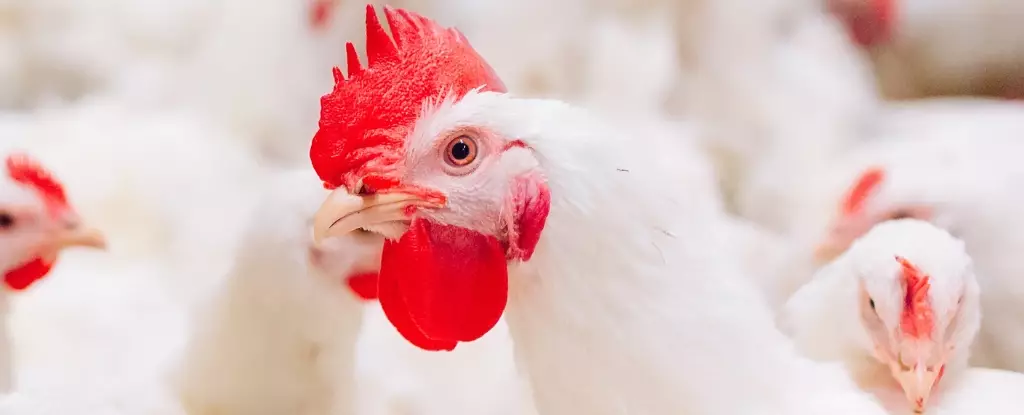In a concerning public health development, British Columbia has reported its first confirmed case of avian influenza, specifically H5, in a teenager. As of Saturday, health authorities confirmed that the patient is currently receiving care at a specialized children’s hospital. This case marks a significant moment in Canada’s health history, amplifying ongoing concerns regarding zoonotic diseases that transition from animals to humans. The source of the infection and potential transmission channels are under rigorous investigation, with health officials emphasizing that the transmission likely originated from contact with infected birds or animals.
Bird flu primarily exists in avian species, predominantly among wild birds and domestic poultry. However, there has been a burgeoning presence of this virus in mammalian populations, evidenced by an outbreak in cattle reported earlier this year across the United States. While bird flu is considered rare in humans, the current case underscores the unpredictable nature of viral transmission across species. According to Dr. Bonnie Henry, British Columbia’s Health Officer, this event does not constitute a widespread threat as it remains an unusual occurrence. Nevertheless, the health department is committed to a comprehensive assessment to trace the infection’s origins and any possible human contacts.
Experts in epidemiology express heightened concerns over the spread of bird flu in mammals. The rising cases in animals could set the stage for mutations in the virus that may enhance its transmissibility among humans. Recent precedents, such as a Missouri case where an individual tested positive for bird flu without identifiable exposure to infected animals, have triggered alert among health officials. Historically, infections in humans have predominantly occurred among agricultural workers who have had direct contact with infected poultry. However, the emergence of unexplained human cases raises critical alarm, prompting necessary precautions and strategic responses to potential outbreaks.
Although no substantial evidence has confirmed sustained human-to-human transmission of the H5 avian flu, officials stress the importance of vigilance. Continuous monitoring and research are essential to stay ahead of any potential escalations in viral transmission. The health community reiterates the necessity for timely communication, public awareness, and preparedness for future incidents that may arise from this zoonotic disease. The approach must be two-pronged: safeguarding human health while managing wildlife and agricultural practices to prevent further spillover events.
The detection of bird flu in a BC teenager should serve as a reminder of the interconnectedness of wildlife, livestock, and human health. As officials investigate this unique case, the health community and general public must remain informed, alert, and prepared for any developments that may impact the state of public health in Canada and beyond.

